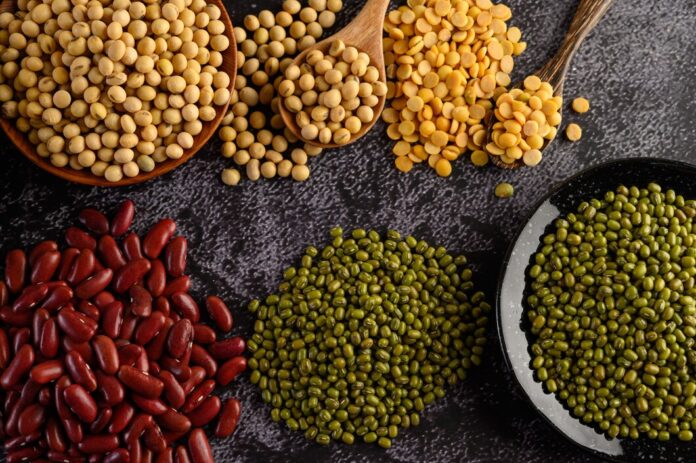Beans are delicious and incredibly nutritious, packed with protein, fiber, vitamins, and minerals. Adding beans to your diet can offer numerous health benefits and variety to your meals. This article will explore ten healthy beans and discover the best ways to enjoy them.
Introduction to Beans
Beans, also known as legumes, are seeds that come from various plants belonging to the Fabaceae family. They are a staple food in many cuisines worldwide and come in multiple shapes, sizes, and colors. Beans are versatile, affordable, and easily incorporated into soups, salads, stews, and side dishes.
Nutritional Benefits of Beans
Beans are nutrient powerhouses, containing high levels of protein, fiber, complex carbohydrates, vitamins, and minerals. They are particularly rich in folate, iron, potassium, magnesium, and zinc. Regular consumption of beans can help lower cholesterol levels, regulate blood sugar, promote digestive health, and support weight management.
Types of Healthy Beans
Kidney Beans
Kidney beans are large, red beans with a robust flavor and creamy texture. They are an excellent source of plant-based protein, fiber, and essential nutrients like folate and iron. Kidney beans are commonly used in chili, salads, soups, and bean burgers.

Black Beans
Black beans have a dense, meaty texture and a slightly sweet flavor. They are packed with protein, fiber, antioxidants, and vitamins. Black beans are popular in Mexican and Latin American cuisine and are used in black bean soup, burritos, tacos, and salads.
Chickpeas (Garbanzo Beans)
Chickpeas are round, beige-colored beans with a nutty flavor and firm texture. They are a great source of protein, fiber, and essential nutrients such as manganese and folate. Chickpeas are commonly used in hummus, curries, and salads and roasted as a crunchy snack.
Lentils
Lentils come in various colors, including green, brown, red, and black, each with its unique flavor and texture. They are rich in protein, fiber, complex carbohydrates, iron, folate, and potassium. Lentils are versatile and can be used in soups, stews, salads, and vegetarian burgers.
Cannellini Beans
Cannellini beans, also known as white kidney beans, have a creamy texture and mild flavor. They are high in protein, fiber, and essential nutrients like iron and potassium. Cannellini beans are popular in Italian cuisine and used in minestrone, pasta e, fagioli, and bean salads.
Navy Beans
Navy beans, also called haricot beans, are small, oval-shaped beans with a delicate flavor and smooth texture. They are rich in protein, fiber, and essential minerals like phosphorus and manganese. Navy beans are commonly used in baked beans, soups, casseroles, and bean dips.
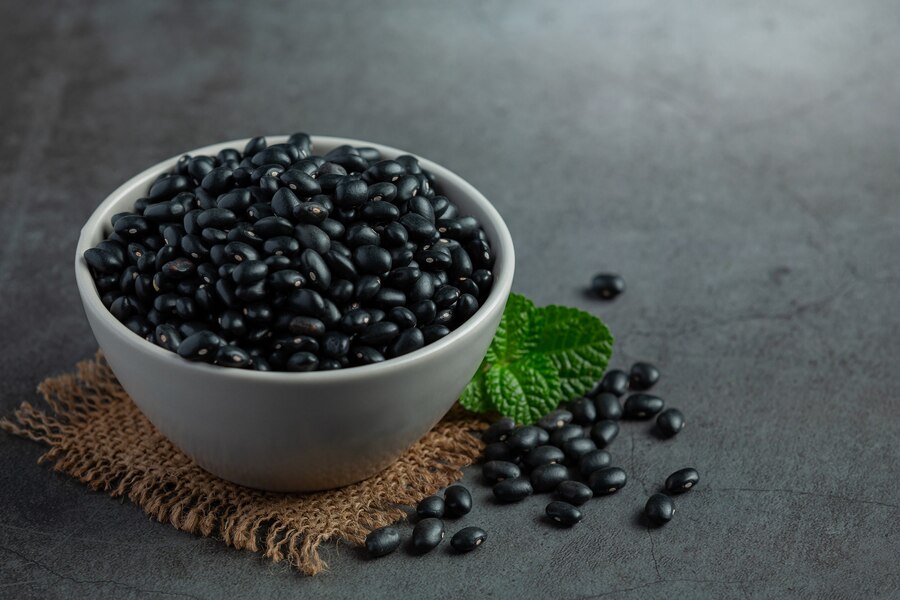
Pinto Beans
Pinto beans are medium-sized, beige beans with a speckled appearance and creamy texture. They are a good source of protein, fiber, complex carbohydrates, vitamins, and minerals source. Pinto beans play a prominent role in Mexican and Southwestern cuisine, featuring in popular dishes such as refried beans, chili con carne, and bean burritos.
Black-eyed Peas
Black-eyed peas, also known as cowpeas, are small, beige beans with a distinctive black spot on one side. They are rich in protein, fiber, essential folate, and potassium. Black-eyed peas are commonly used in Southern cuisine, particularly in dishes like Hoppin’ John, black-eyed pea salad, and bean soups.
Adzuki Beans
Adzuki beans are small, reddish-brown beans with a slightly sweet flavor and nutty texture. They are a good source of protein, fiber, and essential minerals like iron and zinc. In Asian cuisine, adzuki beans find everyday use, especially in sweet and savory dishes like red bean paste, soups, and desserts.
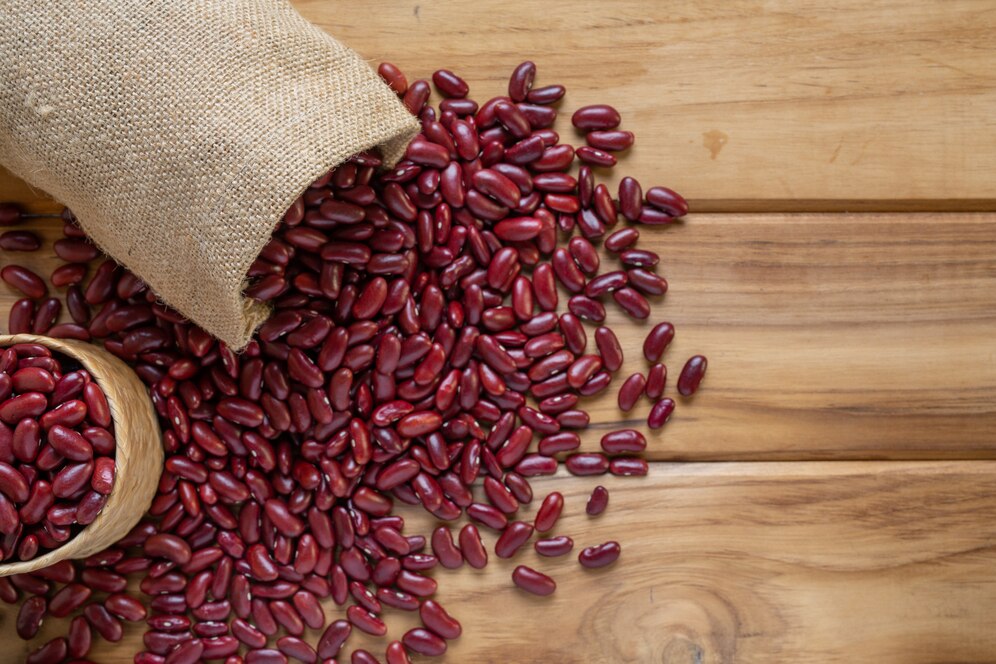
Great Northern Beans
Great Northern beans are medium-sized white beans with a mild flavor and creamy texture. They are high in protein, fiber, and essential nutrients such as potassium and folate. Great Northern beans offer versatility, making them suitable for various dishes such as soups, stews, casseroles, and bean salads.
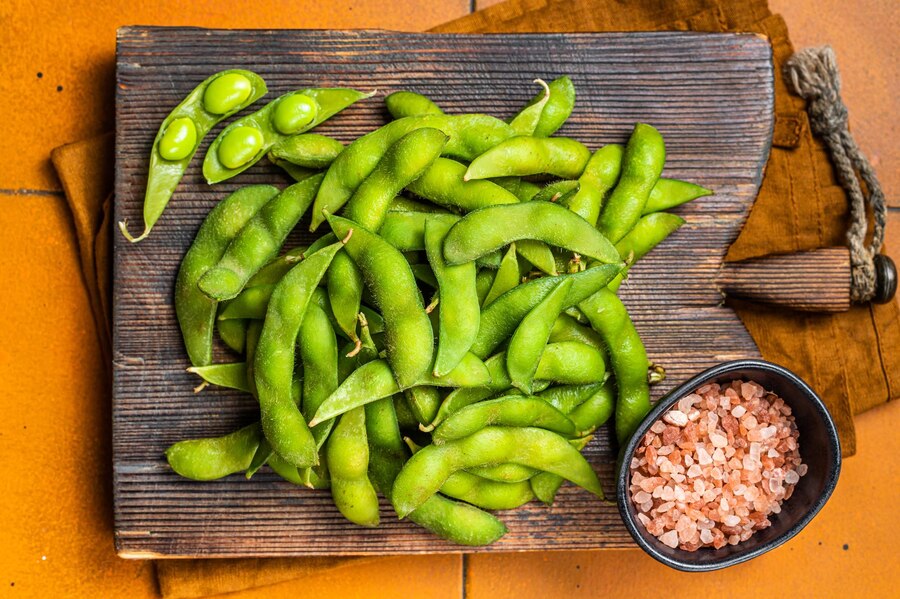
Cooking Methods for Beans
Beans can be cooked in various ways, including boiling, steaming, pressure, and slow cooking. To prepare dried beans, rinse them thoroughly, soak them in water overnight, and then cook them according to your recipe.
Recipes and Meal Ideas
Here are some delicious recipes and meal ideas featuring healthy beans:
Black Bean and Corn Salad:
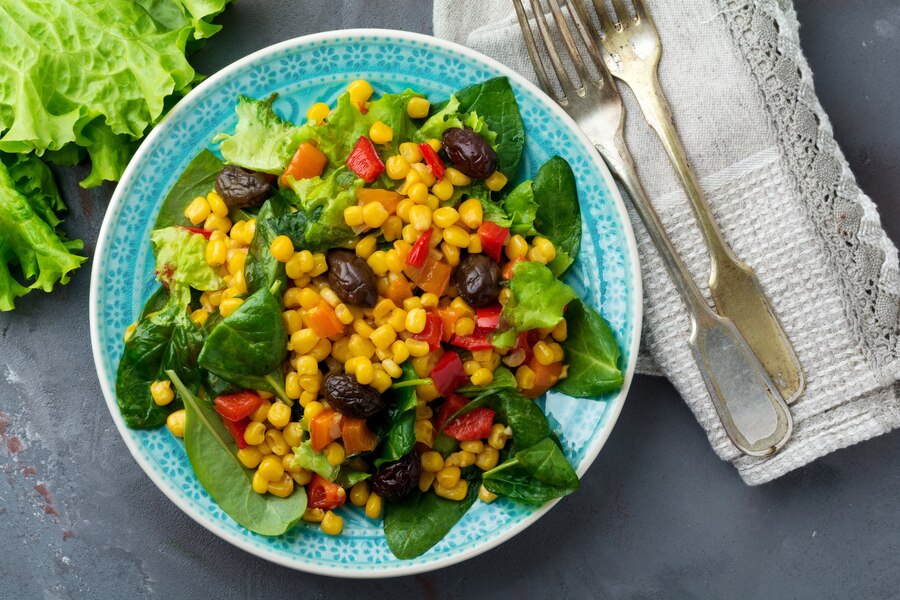
Combine black beans, corn, diced tomatoes, avocado, and cilantro in a bowl. Dress with lime juice, olive oil, salt, and pepper for a refreshing salad.
Chickpea Curry:
Sauté onions, garlic, and spices in a pan, then add chickpeas, diced tomatoes, coconut milk, and spinach. Simmer until heated through and serve over rice.
Lentil Soup:
Cook lentils with carrots, celery, onions, garlic, and vegetable broth until tender. Season with herbs and spices like cumin, coriander, and smoked paprika for a hearty soup.
Cannellini Bean Pasta:
Toss pasta with cannellini beans, garlic, olive oil, cherry tomatoes, spinach, and Parmesan cheese for a quick and nutritious meal.
Pinto Bean Tacos:
Fill corn tortillas with seasoned pinto beans, shredded lettuce, diced tomatoes, salsa, and grated cheese for a flavourful taco night.
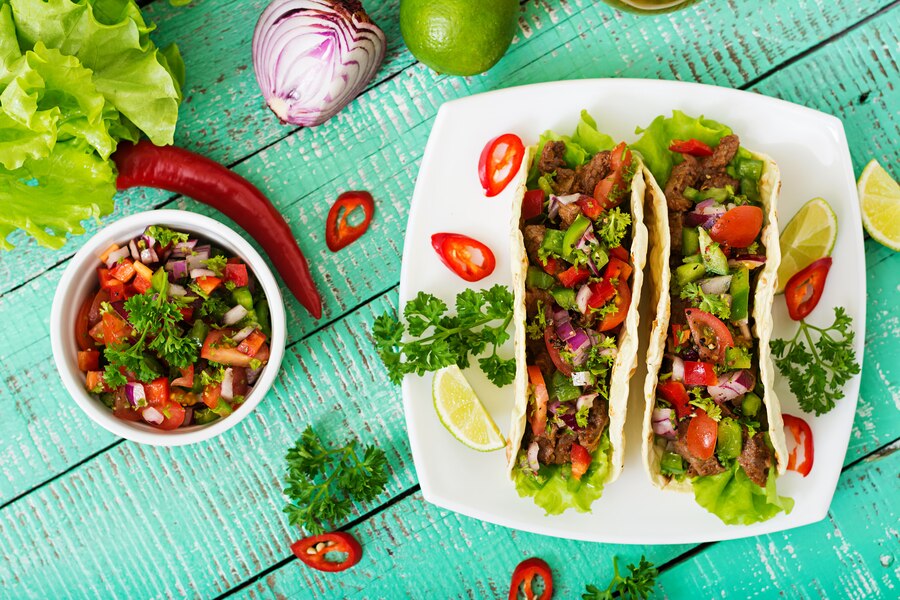
Conclusion
Incorporating a variety of healthy beans into your diet can provide numerous health benefits and add delicious flavors and textures to your meals. Experiment with different types of beans and cooking methods to discover new favorite recipes. Enjoy beans as part of a balanced diet rich in fruits, vegetables, whole grains, and lean proteins for optimal health and wellness.
FAQs About Beans
Are beans suitable for a vegetarian or vegan diet?
Yes, beans are an excellent source of plant-based protein and can be a valuable component of vegetarian and vegan diets.
How can I reduce gas and bloating when eating beans?
To reduce gas and bloating, soak dried beans before cooking, rinse canned beans thoroughly, and gradually increase your intake to allow your digestive system to adjust.
Are beans gluten-free?
Yes, beans are naturally gluten-free, making them suitable for individuals with gluten sensitivities or celiac disease.
What is the recommended serving size of beans per day?
The recommended serving size of beans varies depending on individual dietary needs, but aim to include ½ to 1 cup of cooked beans in your daily meals for optimal health benefits.

